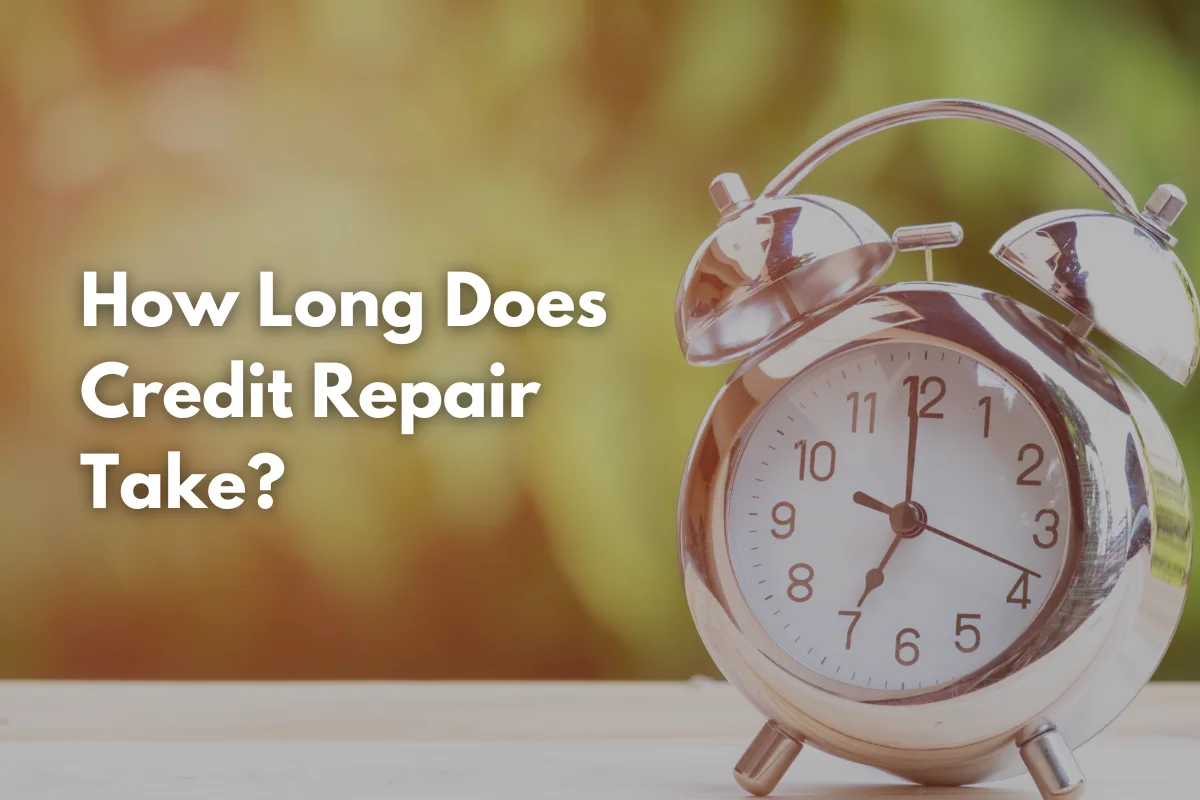When most people think of mortgages, they imagine the loan they take out to purchase their home. But once you already own a home and have built up some equity, another type of financing becomes available—called a second mortgage. Homeowners often consider this option to fund major expenses like renovations, debt consolidation, education costs, or even investment opportunities, advises leading property management Tucson AZ company, RGroup Management.
If you’re considering tapping into the equity you’ve built in your property, it’s important to understand how a second mortgage works, the types available, and the risks and benefits involved. Let’s break it down in detail.
What Is a Second Mortgage?
A second mortgage is essentially another loan taken out against your home while your first mortgage is still active. Think of it as a “second lien” on your property. The first mortgage lender has the priority claim if the home is sold or foreclosed, while the second mortgage lender gets paid only after the first one.
This secondary status makes second mortgages riskier for lenders, which often leads to slightly higher interest rates compared to your first mortgage. However, they can still be more affordable than unsecured personal loans or credit cards.
How Does It Work?
When you take out a second mortgage, you’re borrowing against the equity in your home. Equity is simply the difference between your home’s current market value and what you still owe on your primary mortgage.
For example:
- Your home is worth $600,000
- You owe $350,000 on your first mortgage
- Your available equity is $250,000
Depending on the lender, you may be able to access up to 80–90% of that equity through a second mortgage.
So in this scenario, you could potentially borrow an additional $200,000 to $225,000, depending on qualification.
Types of Second Mortgages
There are two common types of second mortgages homeowners usually choose from:
1. Home Equity Loan
A home equity loan is a lump-sum loan based on your available equity. You receive all the money upfront and repay it over a fixed term with a set interest rate. This option is best for those who know exactly how much money they need—for example, a large home renovation project or paying off high-interest debt.
Pros:
- Fixed payments and interest rates (predictable budgeting)
- Immediate access to funds
- Can be used for large, one-time expenses
Cons:
- You start paying interest on the full amount immediately
- Less flexible if you need ongoing access to funds
2. Home Equity Line of Credit (HELOC)
A HELOC works more like a credit card tied to your home equity. You get access to a revolving line of credit and can withdraw funds whenever needed, up to your approved limit. Interest is only charged on the amount you borrow, not the entire available credit.
Pros:
- Flexible access to funds (withdraw as needed)
- Interest applies only on what you use
- Useful for ongoing expenses, like tuition or phased renovations
Cons:
- Variable interest rates may increase over time
- Requires discipline to manage spending and repayments
Why Do People Take Out a Second Mortgage?
Homeowners consider second mortgages for many reasons. Some of the most common
Include:
- Debt Consolidation: Paying off high-interest debts like credit cards or personal loans and replacing them with one lower-interest mortgage payment.
- Home Renovations: Upgrading kitchens, bathrooms, or adding extensions to increase the property’s value.
- Education Costs: Financing tuition fees for children or personal career development.
- Investments: Some use it to purchase another property or invest in a business venture.
- Emergency Expenses: Covering unexpected medical bills, legal costs, or financial hardships.
The Process of Getting a Second Mortgage
Here’s how the application process typically works:
- Assess Your Equity: A lender or mortgage broker helps you determine how much equity you can access.
- Application: You’ll need to provide documents like proof of income, home appraisal, and credit history.
- Approval & Terms: The lender reviews your financial health and sets terms—interest rate, repayment schedule, and loan amount.
- Closing: Once approved, you sign the agreement and access your funds, either in a lump sum (home equity loan) or line of credit (HELOC).
Benefits of a Second Mortgage
- Lower Interest Rates: Compared to credit cards or unsecured loans, second mortgages usually offer more favorable rates.
- Access to Large Sums: You can tap into a significant amount of money, depending on your equity.
- Flexible Usage: Funds can be used for virtually anything—renovations, debt repayment, investments, or emergencies.
- Potential Tax Benefits: In some cases, interest paid on home equity loans may be tax-deductible (check with your local tax advisor).
Risks and Considerations
While second mortgages can be very helpful, they’re not without risks:
- Risk of Foreclosure: Your home is collateral. Failing to make payments on your second mortgage could put your property at risk.
- Higher Interest Rates: Because it’s a second lien, lenders often charge more than on your first mortgage.
- Additional Debt Load: You’re increasing your overall debt, which could strain your monthly budget.
- Variable Rates (for HELOCs): Rising interest rates can significantly increase your payments over time.
Is a Second Mortgage Right for You?
Before taking on a second mortgage, ask yourself:
- Do I really need access to these funds?
- Can I comfortably manage the additional monthly payment?
- Is my income stable enough to support this debt long-term?
- Could I explore other financing options first?
A second mortgage can be a smart move if you’re using it strategically—for example, consolidating high-interest debt into a lower-interest mortgage or investing in renovations that boost your home’s value.
Tips for Getting the Best Deal
- Shop Around: Different lenders offer different rates and terms. Compare before deciding.
- Work with a Mortgage Broker: A broker can connect you with multiple lenders and help you find the most competitive option.
- Check Your Credit: A higher credit score can help secure lower interest rates.
- Borrow Only What You Need: Avoid overleveraging your home equity; stick to the amount necessary.
- Plan for Repayment: Ensure the loan fits comfortably within your financial plan.
Final Thoughts
A second mortgage can be a powerful financial tool, giving homeowners access to the equity in their property for major life expenses. Whether through a home equity loan or a HELOC, it provides flexibility and often lower interest rates compared to other forms of borrowing.
However, it also comes with significant responsibility. Because your home is on the line, it’s crucial to borrow wisely, understand the terms, and ensure you can manage repayment comfortably.
If you’re thinking about exploring this option, consulting with a mortgage broker or financial advisor is a smart first step. They can guide you through the process, help you compare lenders, and make sure a second mortgage aligns with your long-term financial goals. For homeowners in Canada, especially in major cities where real estate values are high, second mortgages can unlock substantial financial opportunities. If you’d like to learn more about second mortgages Toronto and how they might work for your unique situation, reach out to a trusted mortgage professional who can provide personalized advice.









